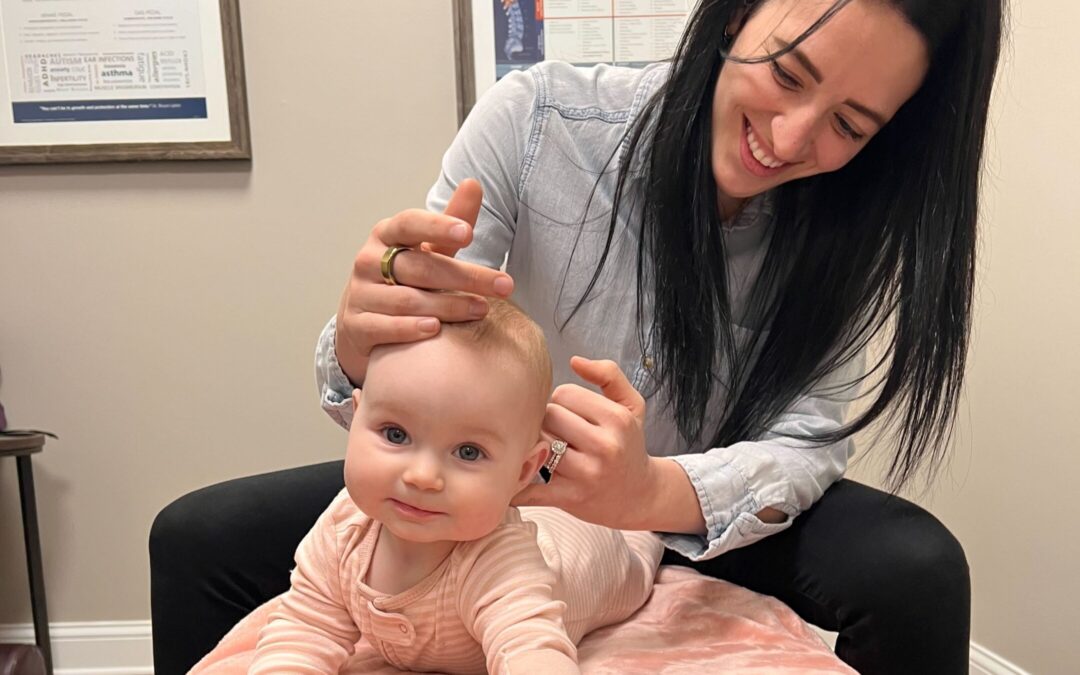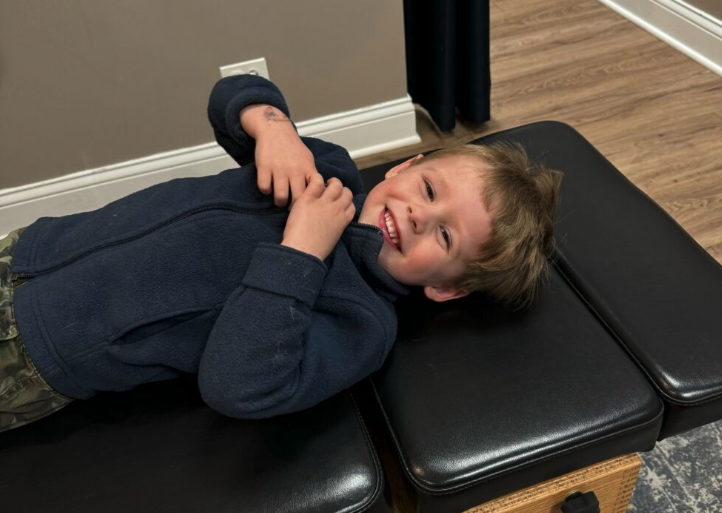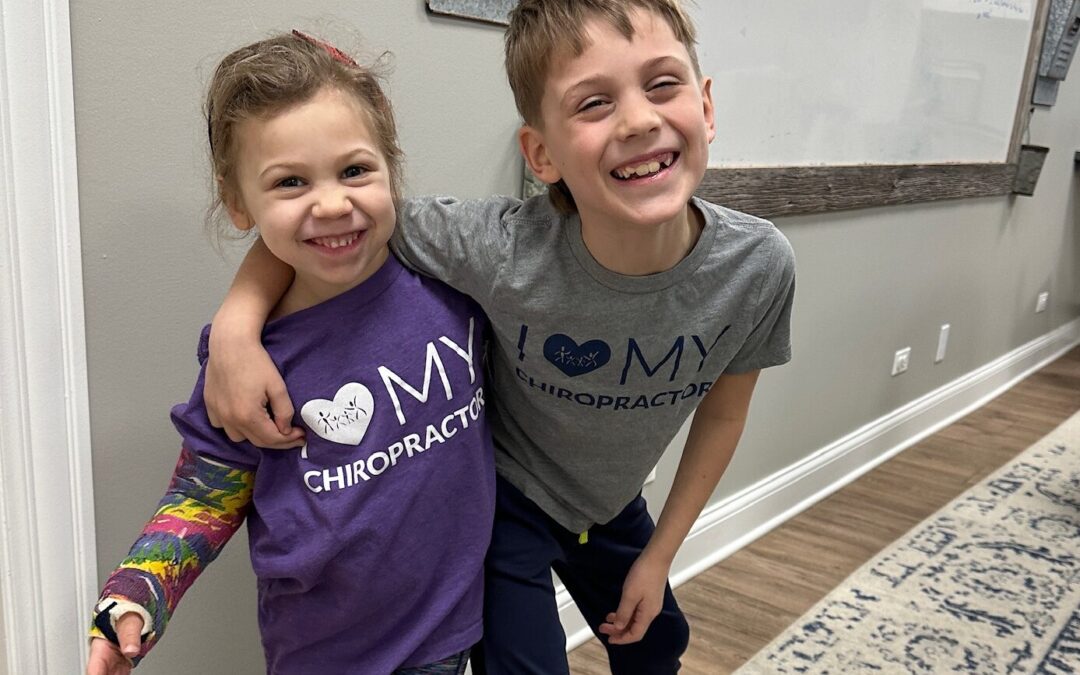When your child struggles with sensory issues – daily meltdowns, refusal to wear certain clothes or eat specific foods, difficulty sleeping – it can be exhausting and isolating. Each sensory-related tantrum or meltdown in public can make you feel the weight of judgmental stares from people unaware of the neurological root causing your family’s daily struggles.
As parents, there’s nothing we cherish more than our children. Witnessing them struggle with overwhelming situations like large crowds, loud noises, or certain textures is not just frustrating but heart-wrenching. Many mistakenly believe sensory issues in kids are mere phases, dismissing them as “boys being boys” or the “terrible twos.” However, these issues don’t resolve on their own and can escalate into significant challenges later in life.
So, if you are a parent who is seeking to fully understand sensory issues in your child and better explore natural solutions because traditional therapies and avoidance tactics are falling short, this is for you. We want to help you discover the nature of sensory issues – their manifestations, impact on children’s lives, and underlying root causes like subluxation and vagus nerve dysfunction. We’ll dive into drug-free care options such as Neurologically-Focused Chiropractic Care, calming techniques, and more.
The Science Behind Sensory Issues
Sadly, the prevalence of sensory issues in kids has skyrocketed over the past few generations, with estimates showing rates as high as 1 in 6 children. Despite this surge, conventional pediatricians often fail to recognize a child’s struggles and their true root causes, leaving parents feeling isolated and lost.
Sensory issues in children can be alarming for parents. Often, they’re linked to conditions like Sensory Processing Disorder (SPD), Autism Spectrum Disorder (ASD), and ADHD. Imagine a scenario where your child’s brain is bombarded with constant “noise” and confusion due to sensory overload. It disrupts their focus, cognition, and emotional regulation, making everyday tasks seem daunting.
Sensory Issues and the Brain-Body Connection
These sensory challenges often stem from disruptions in the body-to-brain connection. The brain and body are intricately linked through sensory nerves. So, when the digestive system, muscles, or immune system falter, it sends ripples of tension and inflammation to the brain, worsening sensory issues.
Two vital pathways play a crucial role in sensory processing: the proprioceptive movement-based pathway and the Vagus Nerve, which is the number one most intricate and important sensory processing nerve in the entire body. These two sensory pathways are designed to calm, relax, and regulate the brain, which is exactly what kids with sensory issues struggle to do.
When disruptions occur in these pathways, leading to what we term subluxation, sensory issues can arise early and frequently for the child. The primary triggers for such disruptions include birth interventions such as forceps, vacuum extraction, induction, or c-section deliveries, which can cause injury or interference to the brainstem, vagus nerve, and proprioception. These disturbances can significantly impact the child’s sensory development and overall well-being.
Parents often seek Occupational Therapy (OT) as the initial solution for addressing sensory issues. OT professionals put together plans that include exercises, integrative activities, and therapeutic tools to improve fine motor and sensory skills. Despite these efforts, movement-based therapies fail to address the deeper underlying issues such as subluxation, altered proprioception, and vagus nerve dysfunction originating from the brainstem, upper neck, and neurospinal system.
Sensory Issues and Neurologically-Focused Chiropractic Care
So, if your child is struggling with sensory meltdowns and you’ve exhausted traditional approaches without success, it’s likely that deeper neurological and vagus nerve dysfunctions need attention. This is where Neurologically-Focused Pediatric Chiropractic Care steps in – a specialized form of care we provide as PX Docs.
In our office, we utilize cutting-edge technology like the INSiGHT Scans. These scans directly measure the location and severity of subluxation within your child’s nervous system. Armed with this information, we can formulate a customized care plan to address the root cause of their sensory struggles.
As we address this subluxation and neurological dysfunction over time, your child’s nervous system can better calm, relax, and regulate. This often results in better sleep, smoother transitions, fewer meltdowns, and an overall improved quality of life for your child.
By addressing the true root cause of sensory issues, we hope to offer relief and improvements that positively impact your child’s day-to-day experiences. Please check out the PX Docs directory to find a trained and ready PX Doc near you! We’re here to support you every step of the way.





